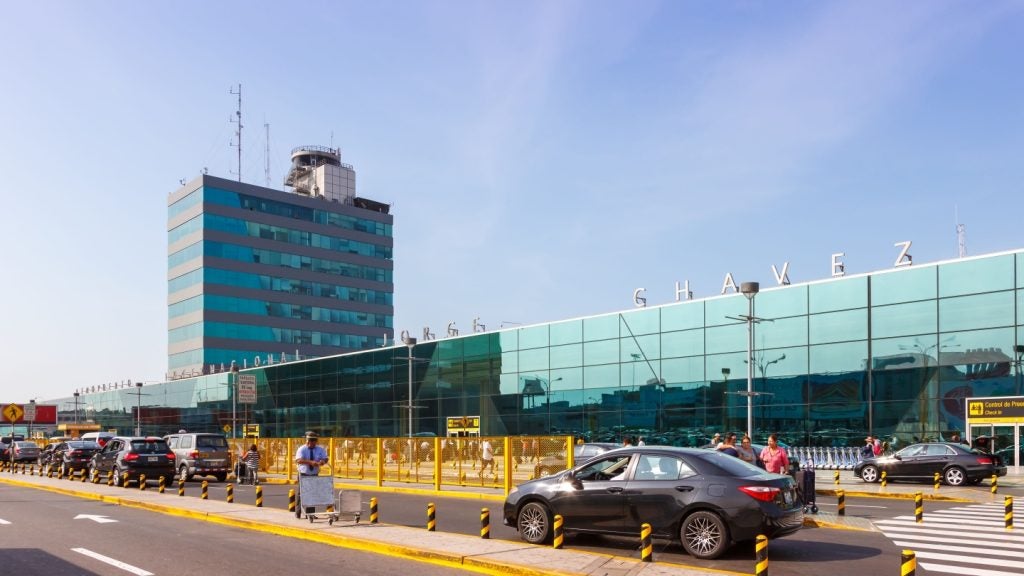
Airports are one of the most complex working environments, with hundreds of mission-critical stakeholders across retail, security, processing, and more. To optimise every part of their operations, airport leaders must relinquish reliance on outdated processes and drive innovation throughout their operations.

Now, with passenger numbers reaching – and exceeding – pre-pandemic levels, more airports are realising the answer may lie in cloud technology. But before implementing cloud-based solutions, they must understand the extent to which they can enhance efficiencies, scalability and real-time decision-making throughout the airport.
The need for cloud solutions
Airports today are operating in a sector that has traditionally been slow to innovate. Indeed, statistics in AeroCloud’s Runway to Growth report revealed that 62% of airports with revenue over £1bn still use manual processes to manage operations. Many of these airports rely on manual and legacy technologies to track passenger flow, including queue counting, Bluetooth, Wi-Fi, and Lidar – all of which do not deliver the accuracy, immediacy and insights they greatly need.
On-site legacy technology is holding airports back. It is clunky, needs on-site maintenance, and doesn’t take advantage of the latest technological innovations enabled through the cloud. In short, it isn’t fit for purpose. And that’s why airport leaders are finally beginning to appreciate the value of the cloud.
AeroCloud’s research found that 43% of operations directors at airports believe cloud-based solutions have the potential to substantially improve their operations. Through upgrading to these cloud-based solutions, airports can seize the benefits and address head-on many of the problems the aviation industry has struggled with for decades.
See Also:
Benefits of the cloud
Cloud has the potential to revolutionise so many parts of the airport journey. For the good of passengers, it can quicken processing times and improve self-service check-in and bag drop. For airports, it can enhance communication between stakeholders to deal with fluctuations in real-time, so they can provide solutions more effectively and communicate better with their customers.
How well do you really know your competitors?
Access the most comprehensive Company Profiles on the market, powered by GlobalData. Save hours of research. Gain competitive edge.

Thank you!
Your download email will arrive shortly
Not ready to buy yet? Download a free sample
We are confident about the unique quality of our Company Profiles. However, we want you to make the most beneficial decision for your business, so we offer a free sample that you can download by submitting the below form
By GlobalDataAirport leaders are acutely aware of the important connection between passenger growth and commercial growth. They are focused not only on driving passenger footfall but increasing their spending in concessions and duty-free areas. Cloud technologies can help airports move closer to this goal, delivering fast processing times and operational efficiencies, so passengers spend longer in concession areas like Duty-free, thus unlocking greater revenue potential.
Cloud solutions also help airports to prepare for unforeseen technical and operational issues. When airports require updates or maintenance issues that need to be fixed quickly, these solutions can be delivered through the cloud. This saves on resourcing and cost since airports don’t need a technician on-site. This is particularly important considering that research finds that one of the greatest concerns airport operations leaders anticipate relates to staffing.

Cloud-based solutions are equally useful when it comes to handling natural weather events, such as volcanic eruptions. These disruptive natural events outside of airports’ control can cause flight cancellations, which the majority of airport leaders identify as particularly negatively affecting their reputation with passengers.
Cloud-based airport management software can help airports track when air carriers begin cancelling their flights throughout the day, making it much easier for its staff to answer passengers’ inquiries about flight status, which is one of the most challenging issues airports can encounter.
Furthermore, by combining cloud-based gate management and flight management systems with AI-powered systems, airports can automate many core airport services, including allocating aircraft parking positions and tracking the aerial and ground locations of arriving and departing aircraft. This empowers airports to grow while simultaneously serving their airlines, operators and passengers and preventing any negative impacts on the surrounding ecosystem through further development.
Assessing use cases and accelerating airport growth
Every airport has different needs based on its location, size, and local governing body. But they all desire widespread, accessible information to power data-driven decision-making in real-time that helps solve airport problems of the future. This could be as simple as a mobile application that works off 5G to give data-driven decision-makers the ability to collate information in real-time.
Cloud solution providers are contributing to the growth of airports by encouraging them to think outside the box, speak about their problems, understand how they can be solved, and give them a platform to grow over time on a modular-based system. Airports are also likely to recommend innovative technologies to each other, creating a strong relationship between cloud technology providers and airports to improve revenues and further enhance the passenger experience for years to come.
By upgrading to the cloud, an increasing number of airports are moving away from limiting legacy systems and manual processes and driving change at pace. More airports are realising that upgrading to the cloud is not a luxury but a necessity, to provide accessibility, scalability and cost efficiency.
Revolutionising airports with cloud technologies can be a huge factor towards their growth, and real-time access to data gives airports better decision-making capabilities – improving the passenger experience. Ultimately, the opportunities that cloud-based solutions unlock for passenger journeys and revenue are something that airport leaders cannot afford to miss out on.







